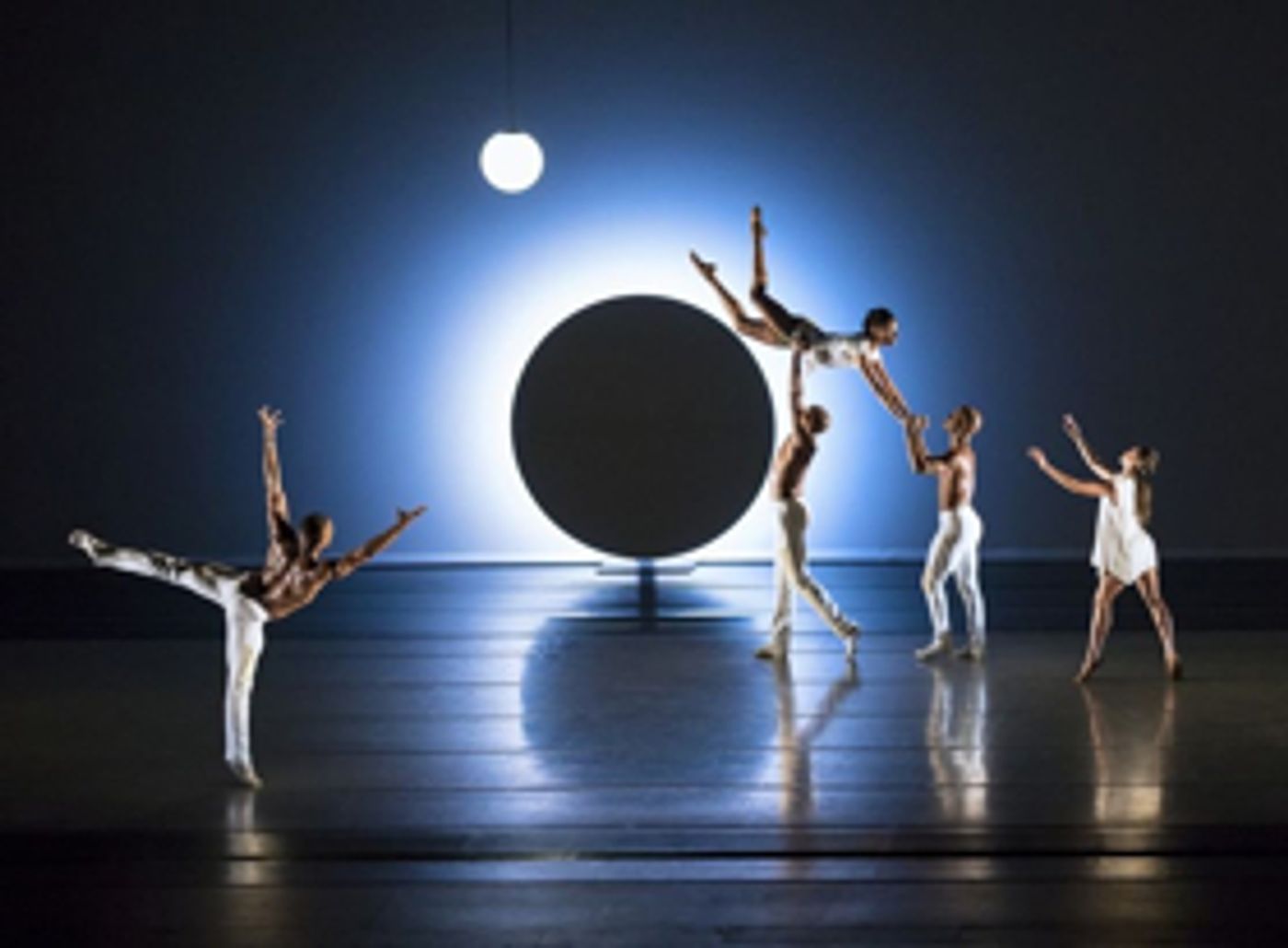Review: Alvin Ailey American Dance Theater Celebrates 60 Years

On December 19, 2018, I saw Ailey's program of new choreographies at New York City Center. The company, as companies do, has changed over the years. This years' company seems younger with a new attitude, a different energy. No doubt, the loss of many long-time Ailey dancers and the influx of young dancers has caused this shift. No, it's not criticism, merely an observation.
As the curtain opened, screens displayed photos and videos from the past with the voice of Alvin Ailey (from interviews) permeating the air. Becoming Ailey is a video produced by MODE Studios, Inc. and directed by Bob Bonniol with video design by Caryl Glaab, sound and systems design by Pablo N. Molina, lighting design by Al Crawford, composition and sound design by Fred Carl, and music assistant David Kornfield. Ailey told his story from the beginning and through the years, showing that sixty years later his vision is still alive. Among other facts, he spoke of Lester Horton. He said that his own desire was to create movement, which is just what he did. Success! Ailey said, "My art reflects my feelings and my loves." It filled me with joy to experience this master one more time.
EN, choreographed by renowned choreographer Jessica Lang to an original composition by Jakub Ciupinski was energetic and fun. Costumes by Brandon McDonald are white. Lighting by Nicole Pierce lit the moon against the backdrop beautifully. There is a moon-like ball that dropped and rose during the piece, as well, adding flavor. Some dancers were more capable of appearing at ease with the technique and attitude required than others and deserve to be called out: Jamar Roberts, Samantha Figgins, Danica Paulos, Jermaine Terry, Yannick Lebrun, and Sara Daley-Perdomo.
Rennie Harris choreographed Lazarus-Act I and Lazarus-Act II (world premiere on November 30, 2018) to music and sound by Darrin Ross. Along with the music was heavy breathing, in sections, and words, in other moments, speaking to the plight of African Americans. Costumes by Mark Eric were rather pedestrian, very fitting for the timbre of this work. Lighting by James Clotfelter was dark, utilizing soft spotlights from the sides and later from above through the darkness. Lazarus-Act I was intense, dramatic, and rather long. Samuel Lee Roberts was particularly striking in the lead role. Some of the story-telling was quite effective. I particularly liked the way Harris portrayed the dead and their pulling Lazarus down among them. Lazarus-Act II opened with the same image of the dead, appropriately. This act Is lively and shorter. The company energy is on fire in the fast, synchronized movements. Khalia Campbell's movements were clean and precise, making her long, lean presence a stand-out in the group. The spirit of this piece, both acts, reminded me of the Ailey company of old.
Ailey will continue its' run at New York City Center, offering various programs, through December 30, 2018.
Photo credit: Paul Kolnik
Videos

